Finally--- after over 50 years of waiting, I got to see the Yucatan Peninsula of Mexico. It was the first foreign place I remember wanting to visit, but we newly-weds couldn't afford it. Later, when we could, Dorothy was fearful of ladrones (thieves) and other bad guys. I've also wanted to see the pre-Mayan site of Monte Alban, beautiful colonial Guadalajara, quaint Cuernavaca, the silver center of Taxco, and, of course, Mexico City.
In the process of visiting these sites, I saw the last of the Seven Modern Wonders of the World (established in 2007)--Chichen Itza in the Yucatan, near Cancun. The other "wonders" I visited earlier include the Roman Colosseum, Machu Picchu in Peru, the Great Wall of China, Christ the Redeemer statue in Rio de Janeiro, Petra in Jordan, and the Taj Mahal in India--all magnificent.
I mainly flew between these places, the dotted lines on the map showing flights. I left on January 14th and returned the 24th, so it was a shorter trip than normal.
Chichen Itza
Chichen Itza is one of the best preserved Mayan sites of Mesoamerica, along with Tikal in Guatemala and Copan in Honduras. Its origin is in doubt, but a major renaissance occurred in the 11th Century. At its peak, its population was about 35,000 people, but it declined after the 13th Century.
The most impressive structures are El Castillo, a pyramid-shaped temple, and the Ballcourt. The Mayans developed an extremely accurate calendar, and they excelled at astronomy, with many buildings built to reflect solstices and other periodic events of the heavens.
Oaxaca and Monte Alban
The city of Oaxaca (Wa HARKER) is a beautiful colonial city laid out by the conquering Spanish in 1529. It has a delightful city center with dozens of quaint old structures. Close to Oaxaca are the impressive ruins of Monte Alban, center of the pre-Mayan culture of the Zapotec people. Its zenith was from 400 A.D. to 750 A.D. The site was abandoned by 950 A.D. It was restored in the 1930s.
Guadalajara
Until recently, Guadalajara was just known as a beautiful colonial city WNW of Mexico City. It has grown into the second largest city in Mexico--and also into a center of violent drug activity in the state of Jalisco. I neither bought nor sold any drugs there, so I escaped with my life. I did, however, buy a very tasty custard dish--and it, too, didn't kill me with ptomaine poisoning.
Cuernavaca and Taxco
At Lincoln High School, my Spanish teacher, Bill Berringer, taught me how to trill my r's. The next year, (weird) Donald Diekelman took me to the next level. Ever since, I loved saying the name of the book, "El Sombrero de Tres Picos." I also loved saying the name of a colonial city, Cuernavaca (which means "cow horn"). So, I had to visit it (but I didn't find a sombrero with three points there). Very nice town. I also went to nearby Taxco, made famous first by its massive silver mines and, more recently, by its silversmiths and jewelry shops.
Mexico City
Beautiful, ugly, vibrant, over-populated, exciting--one can hardly ever run out of adjectives for this huge metropolis of 25 million. So, I finally got to visit it. Of course, the few photos shown here can't do it justice. Even a three-day visit can't. But it's a start.
Before it was Mexico City, it was the capital of the Aztecs, a powerful and bloodthirsty people. It was built in the middle of a lake in 1325 A.D and was called Tenochtitlan. The Spaniard Hernan Cortes overthrew the empire in 1521--and destroyed much of beautiful Aztec temples and other structures. The Spanish then built on top of their destruction, so many buildings that eventually they began to sink in the soft ground saturated with water of the lake. They continue to sink. Good for them! (A little caustic comment now and then makes me feel good.)
Epilogue
Many Americans are afraid to go to Mexico because they consider it unsafe. Even if the crime rates are two or five times greater than here, the odds of getting in trouble at a specific spot at a particular time is still tiny. So, go to Mexico to see the fantastic sights. Just be prudent and diligent--and you'll be fine. It's close, people are friendly--and it's relatively cheap (if you avoid the resorts).
Next up--Tunisia. Maybe a little more dicey, but I have no fear of going. So long as Field Marshall Montgomery isn't there to do me in as he did to Rommel's Afrika Corps, I should be fine.
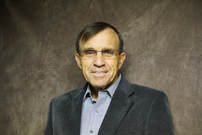
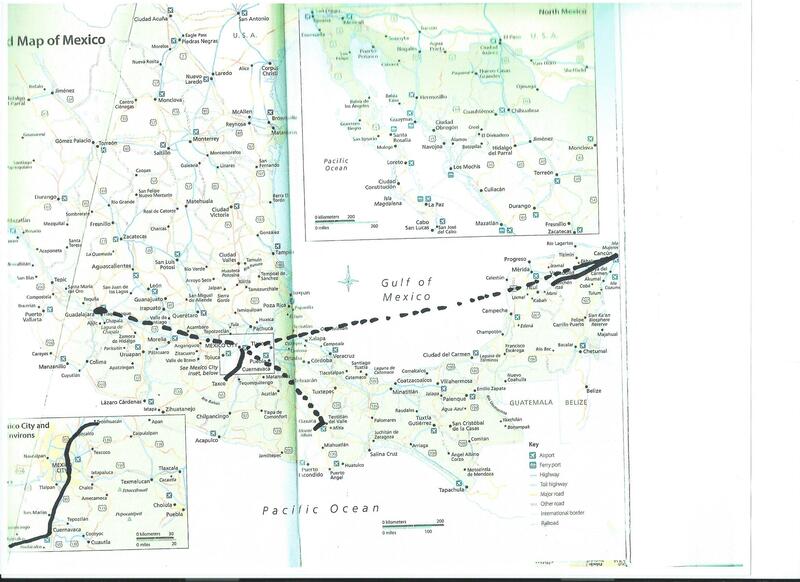
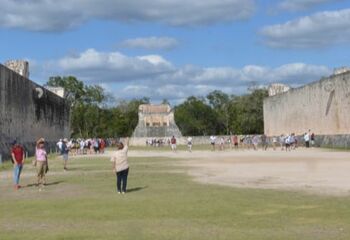
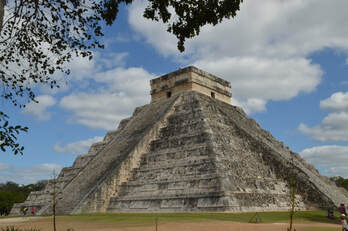
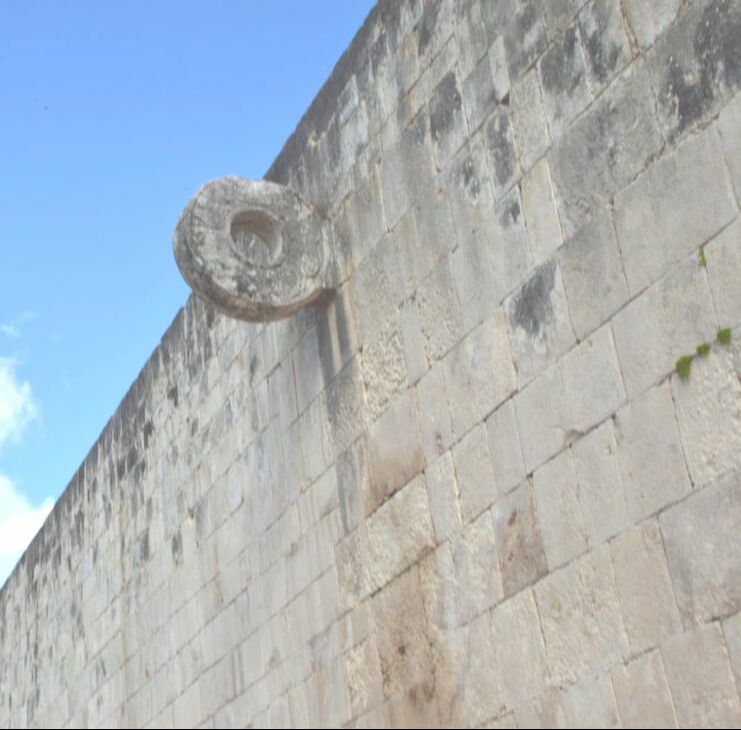
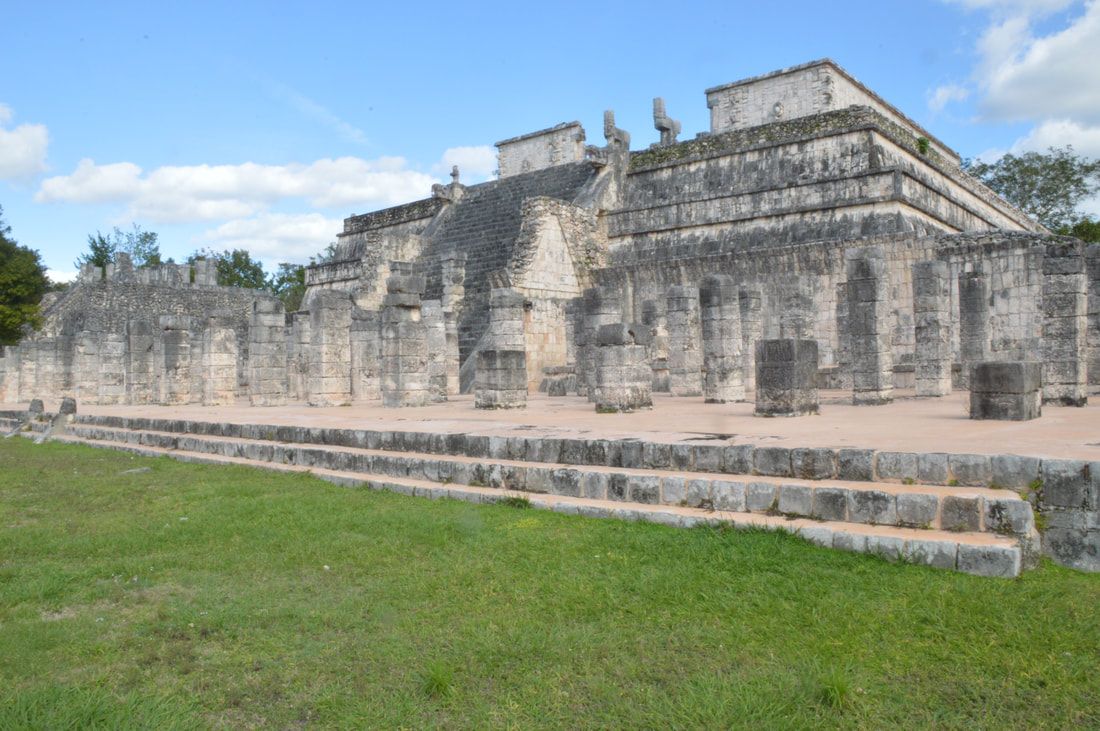
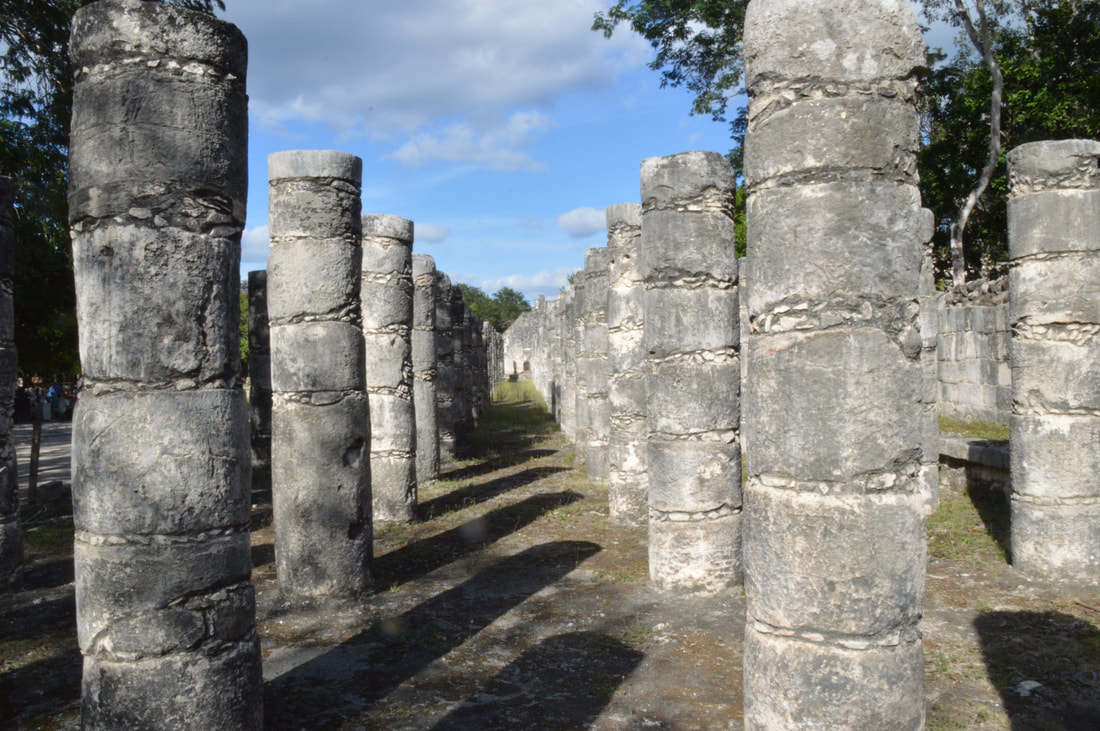
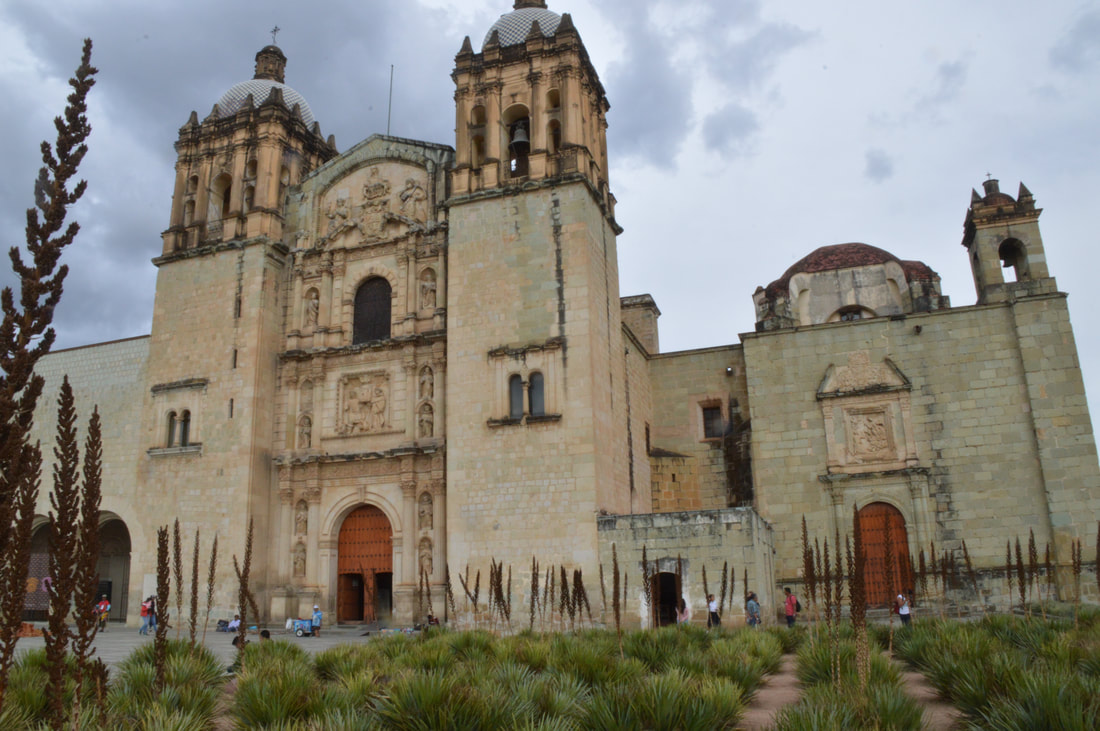
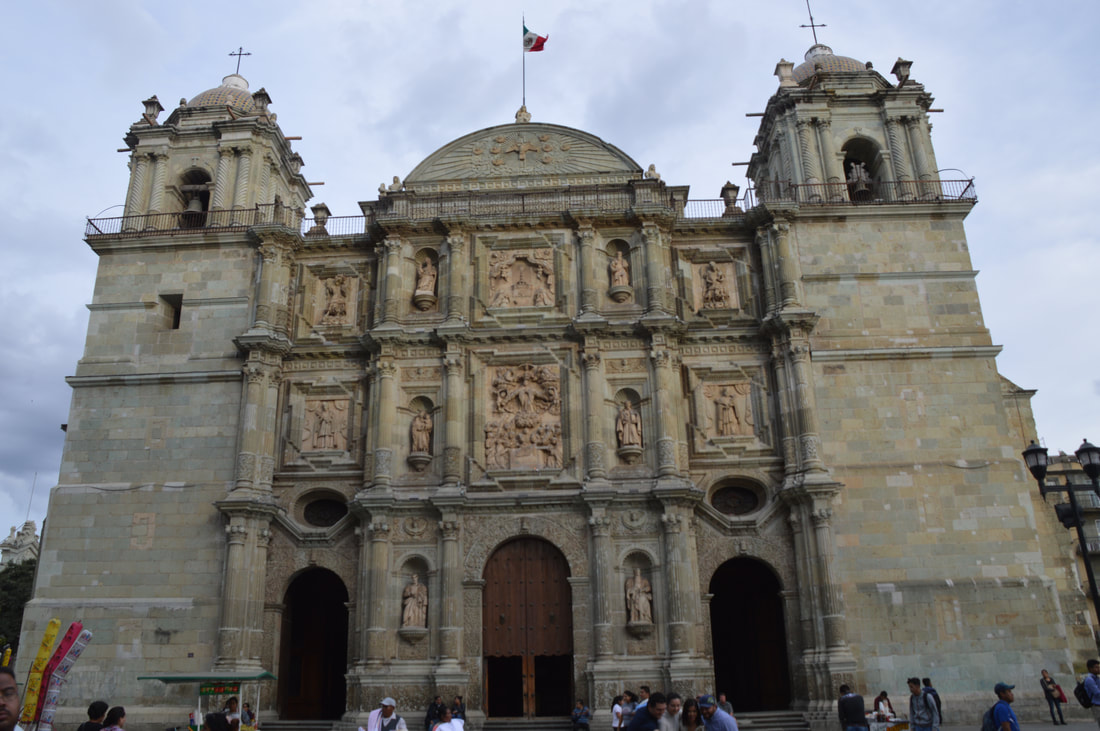
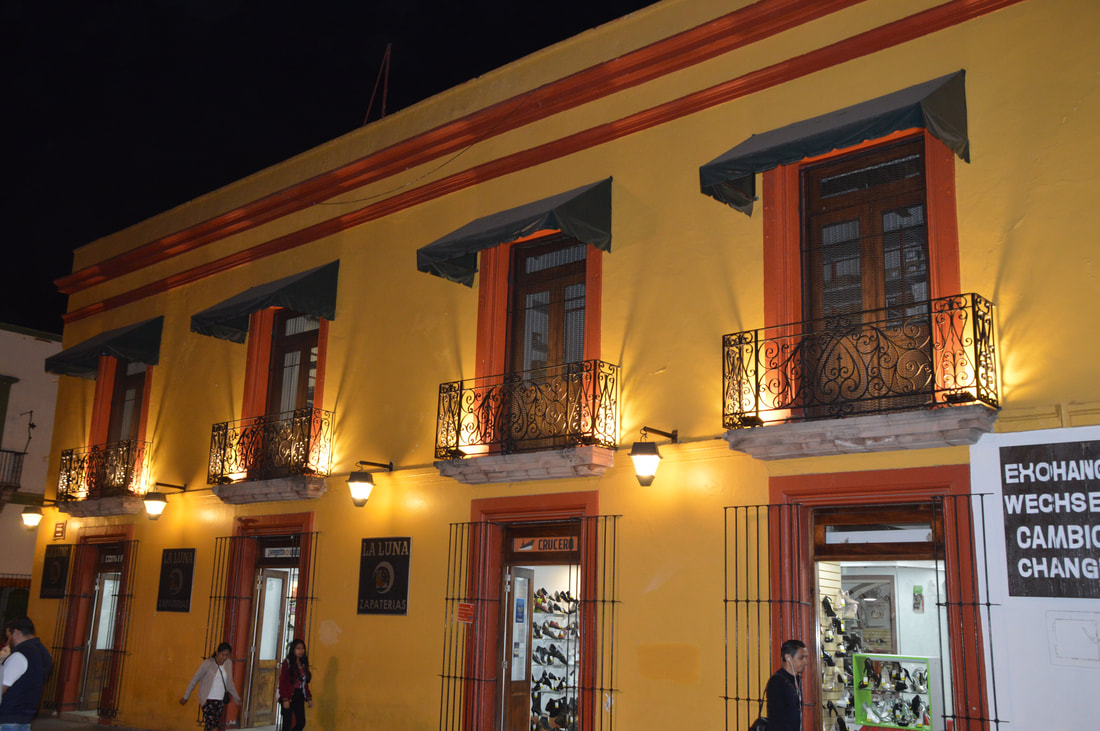
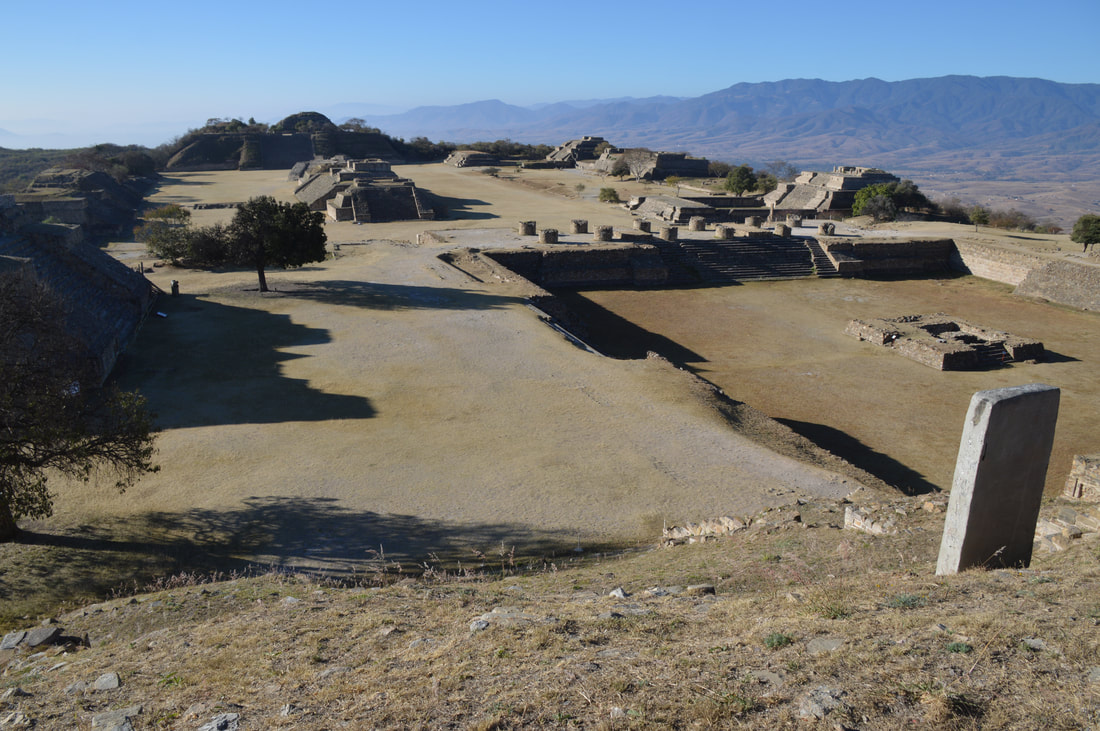
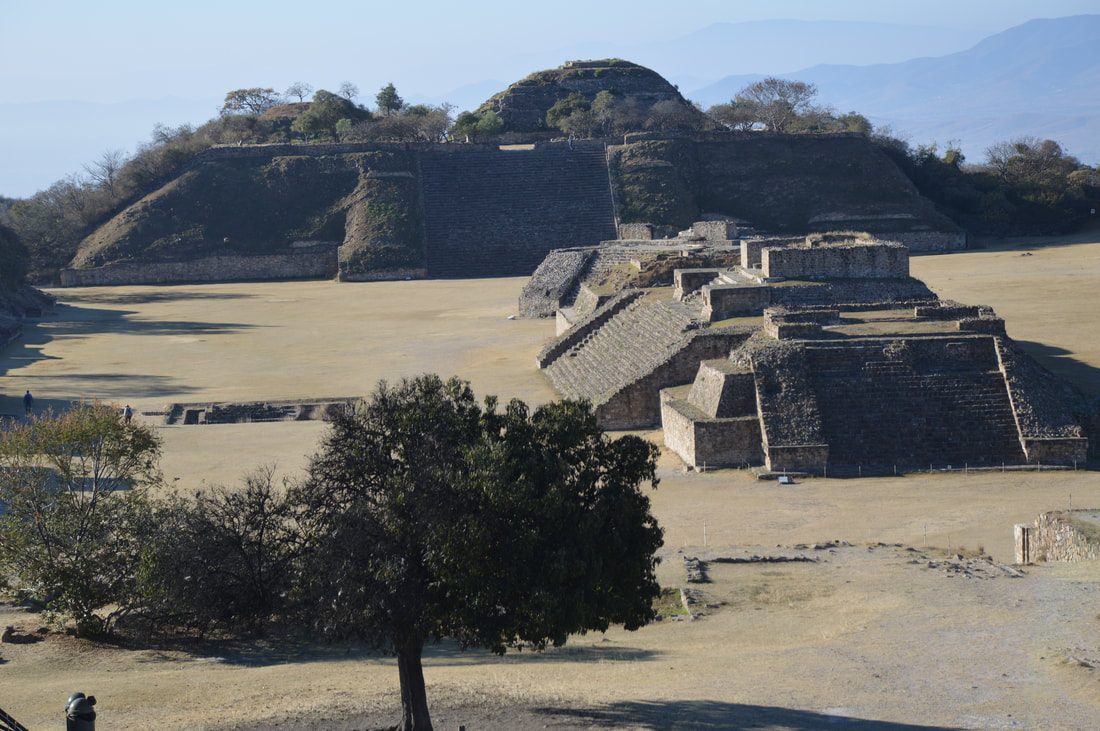
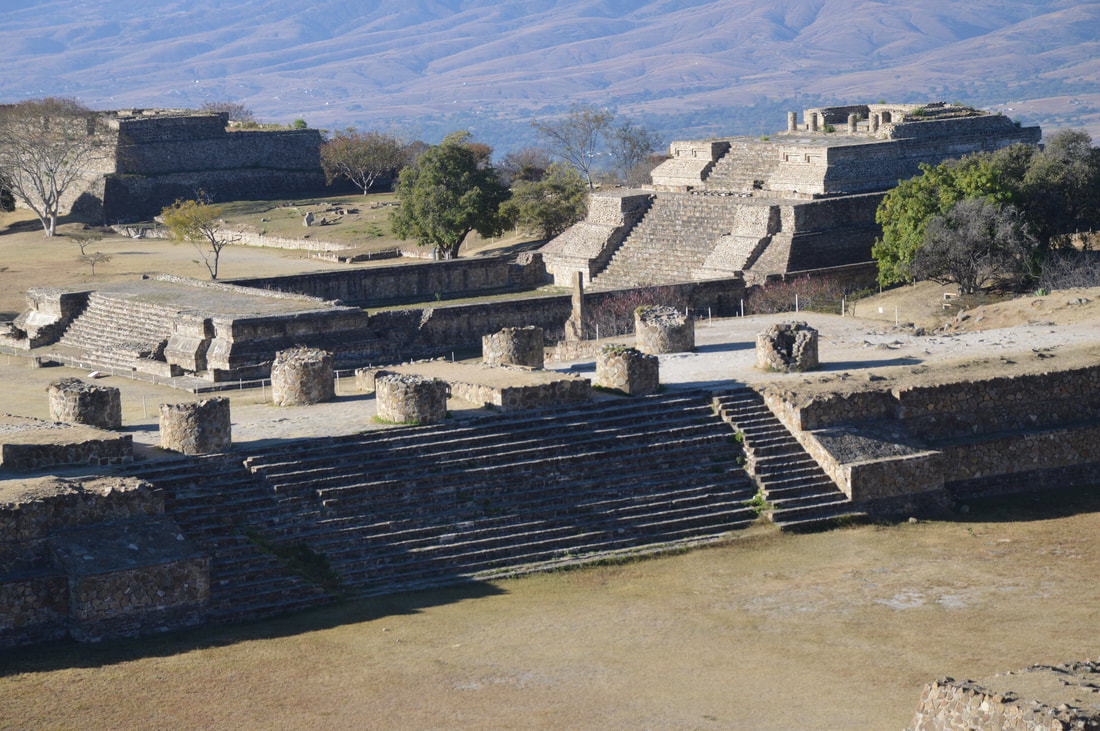
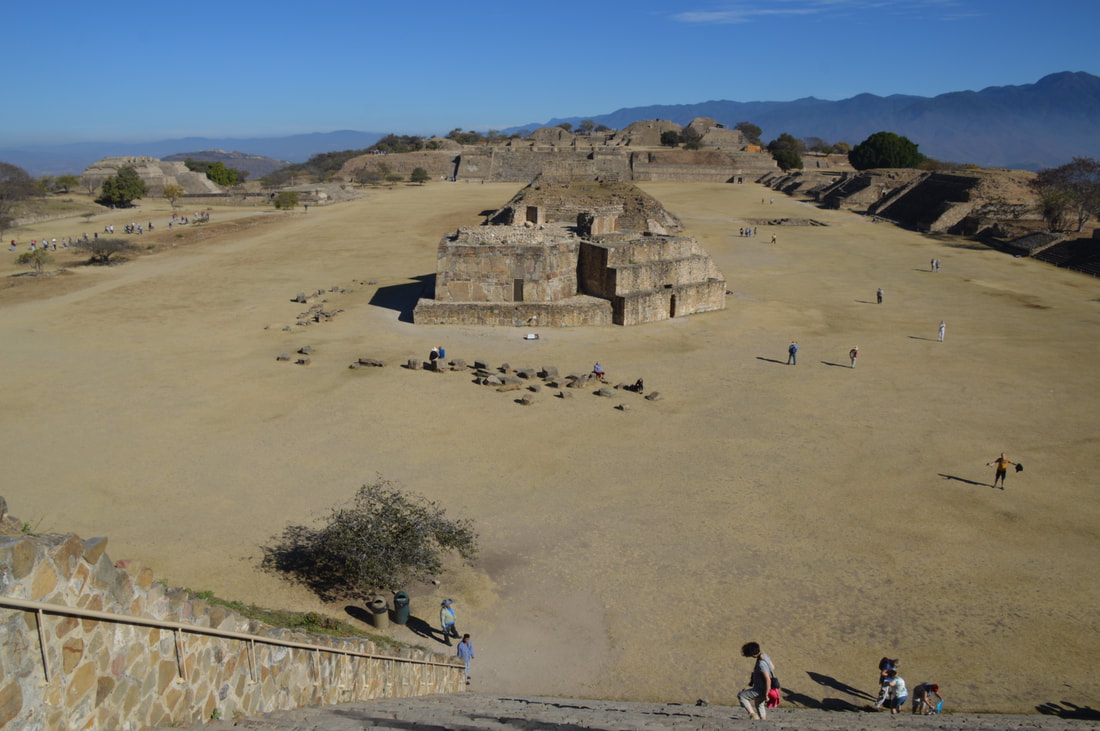
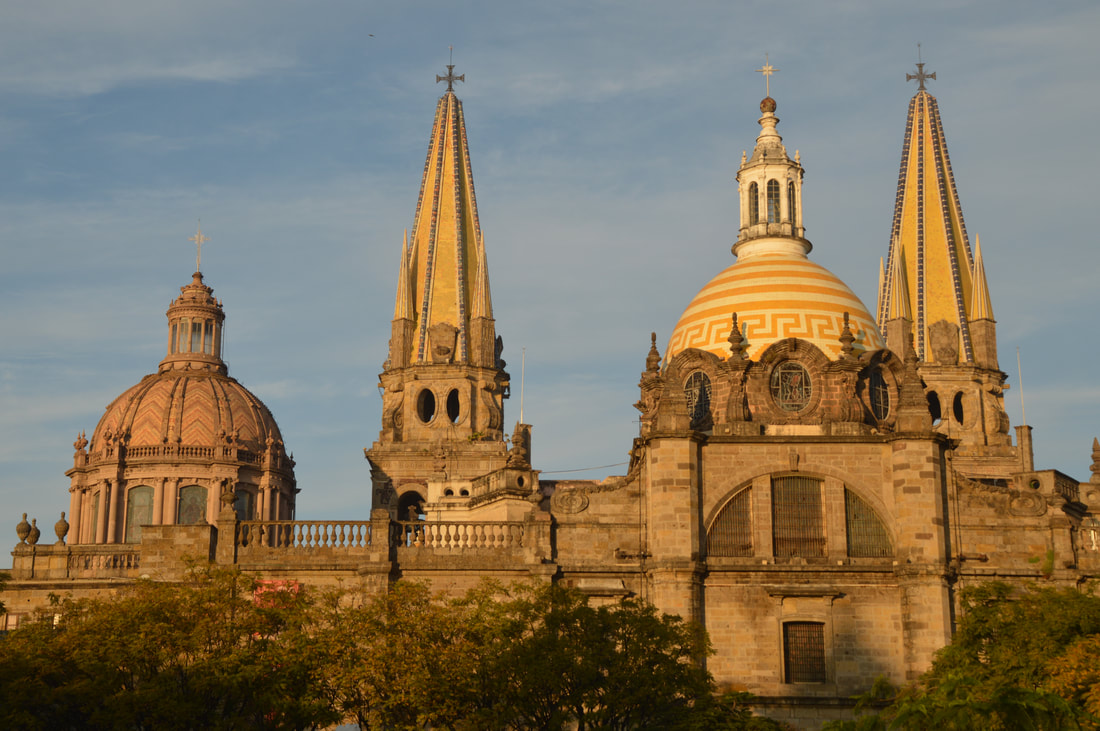
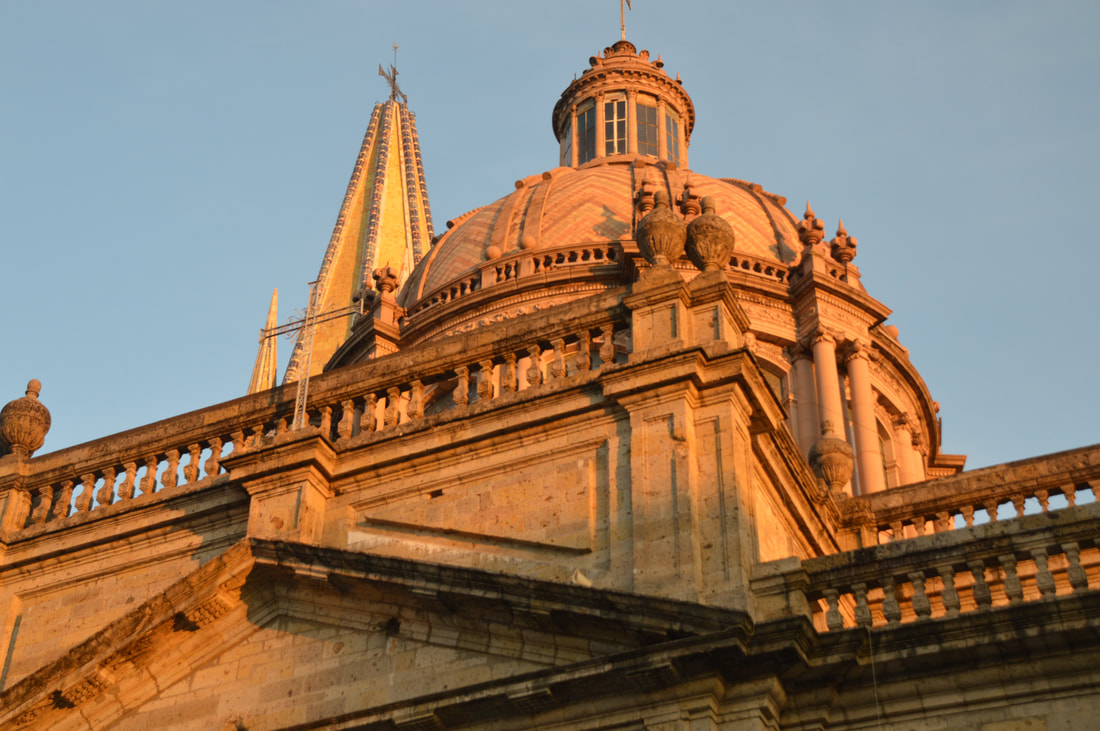
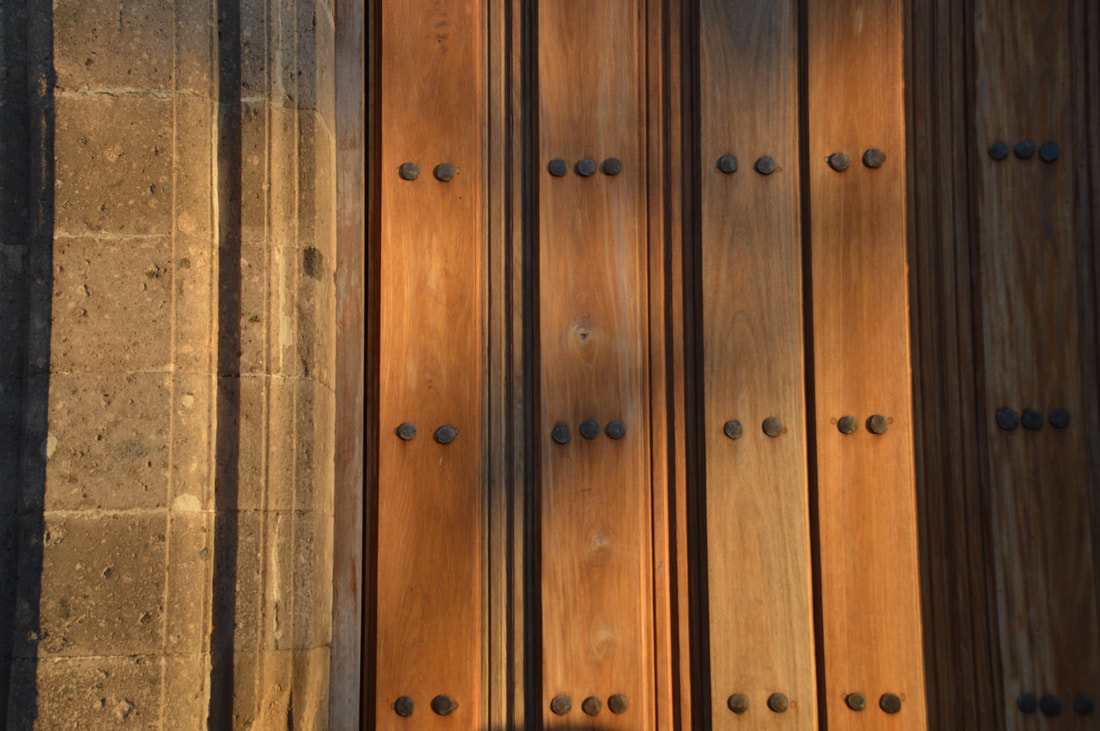
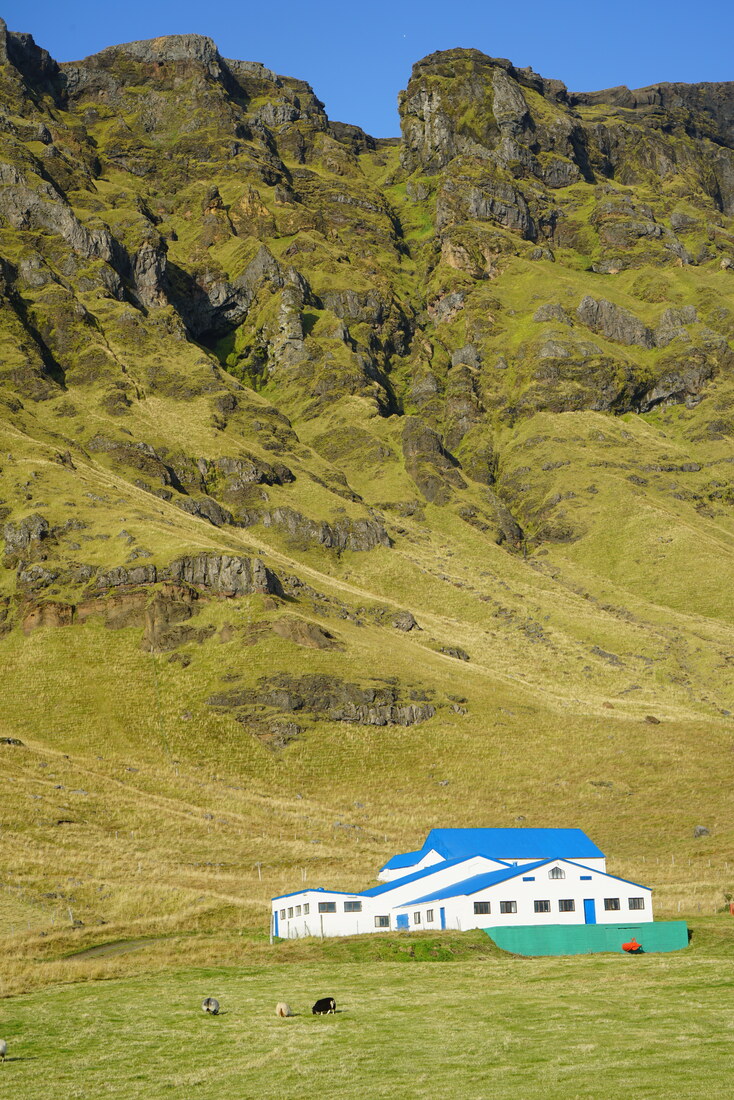
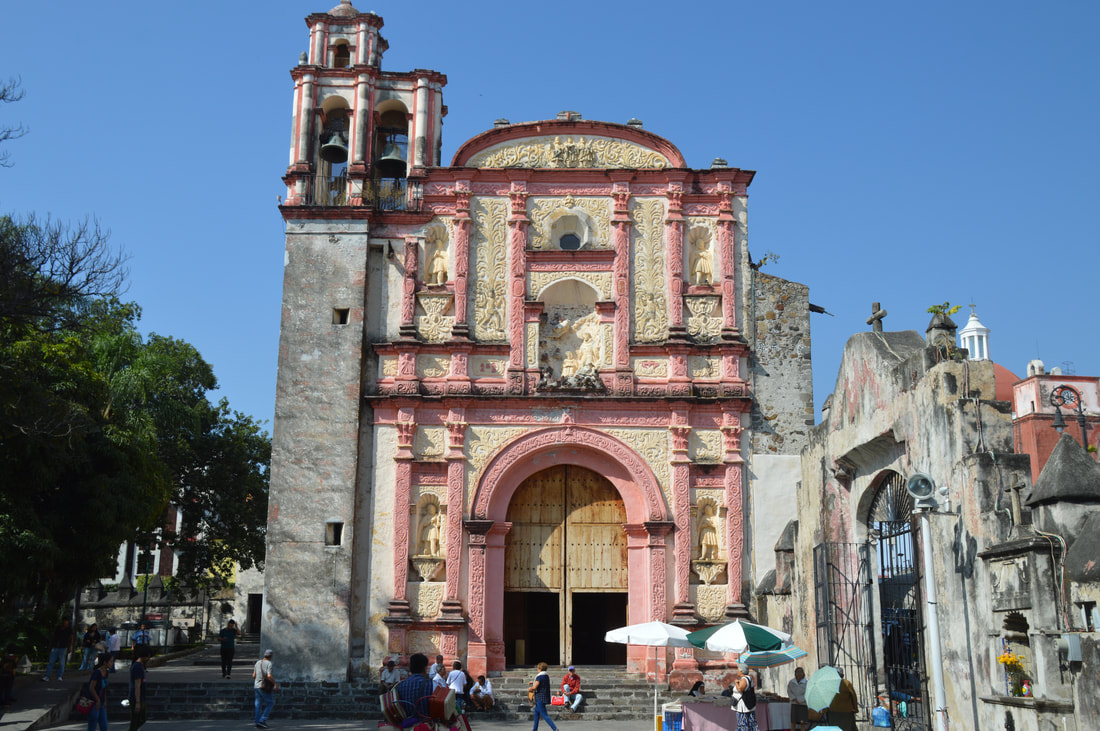
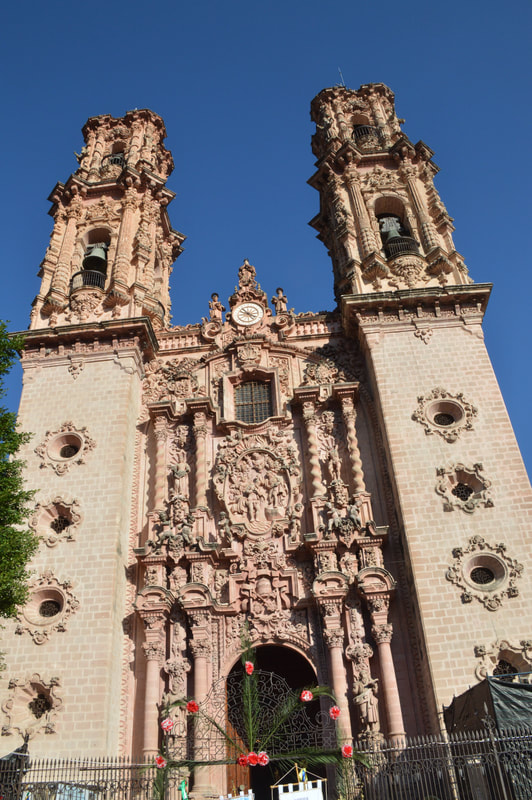
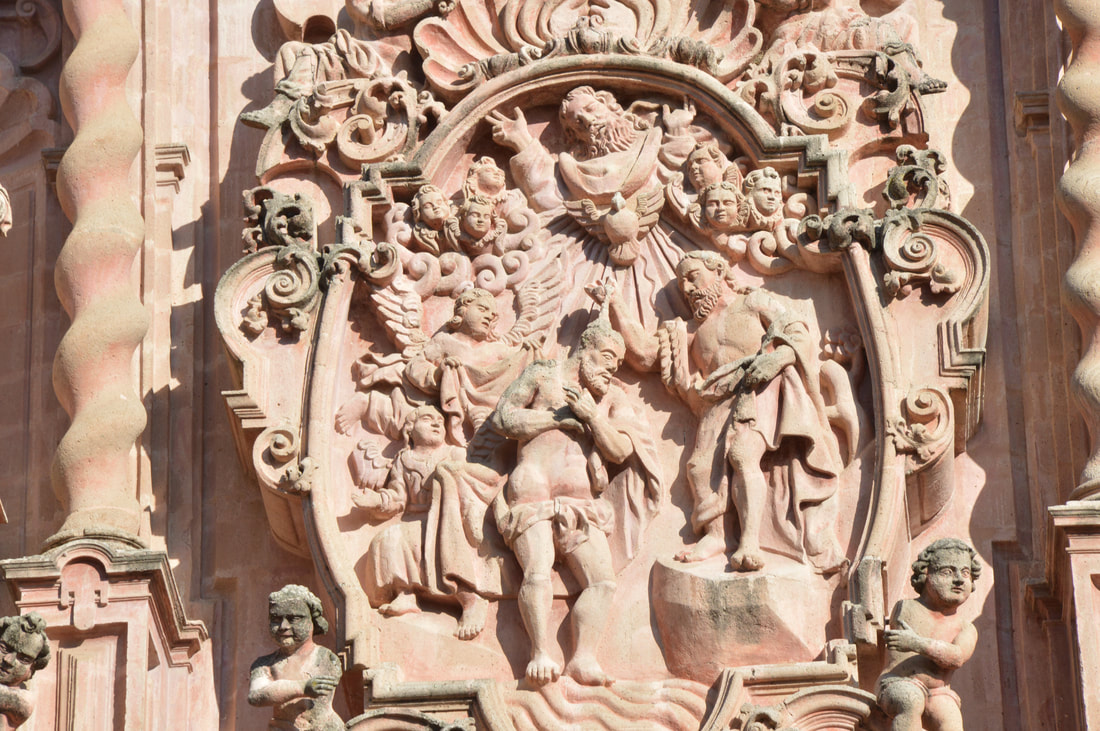
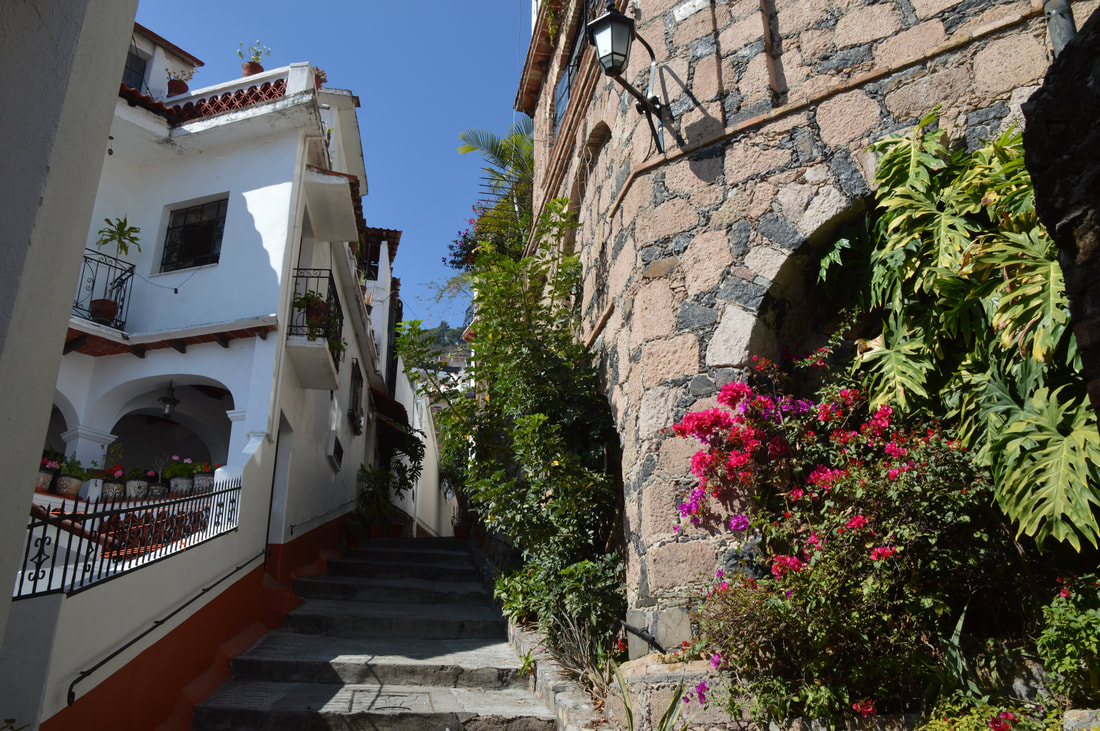
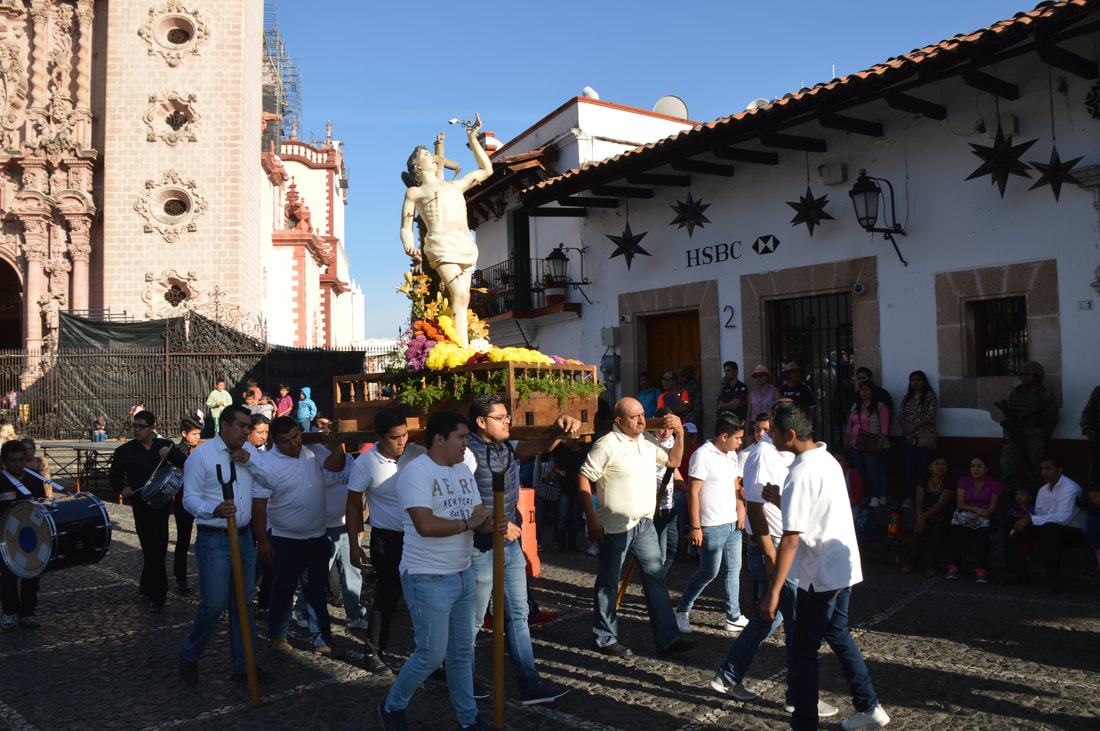
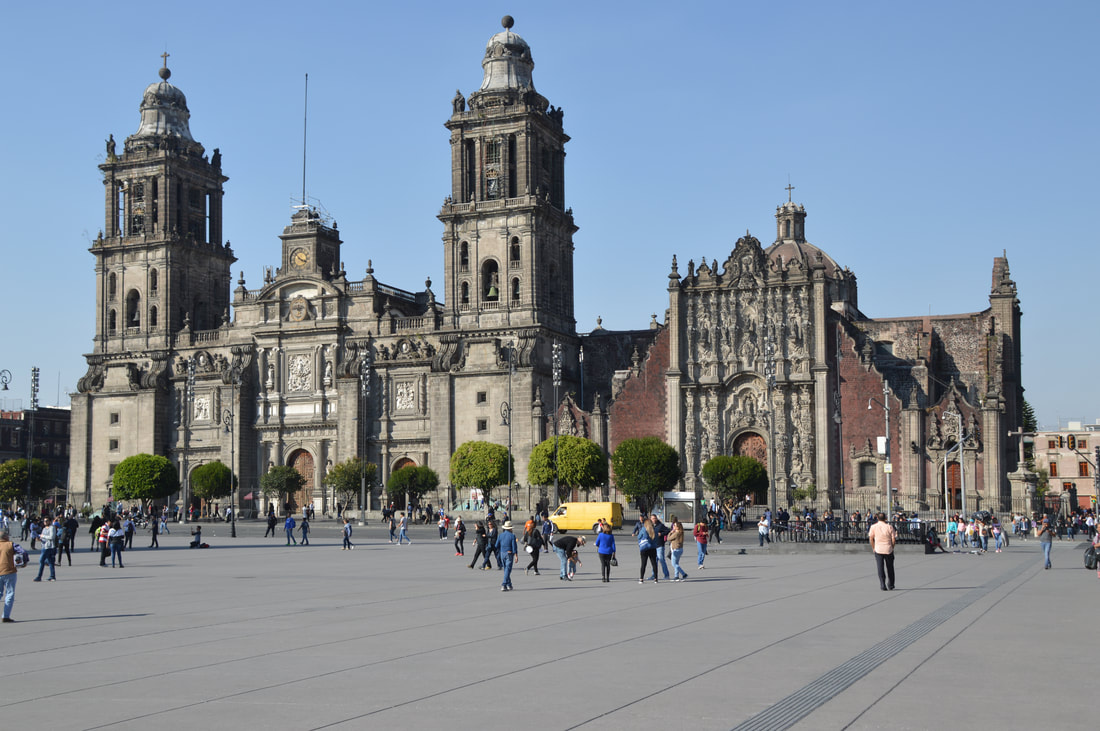
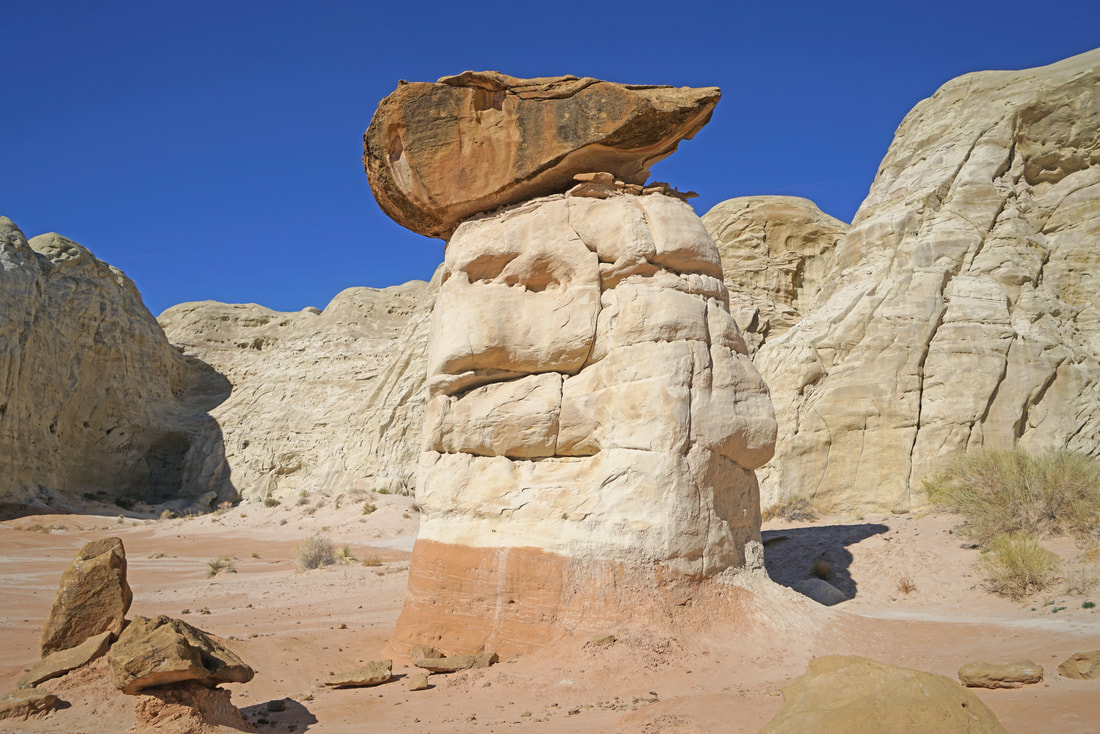
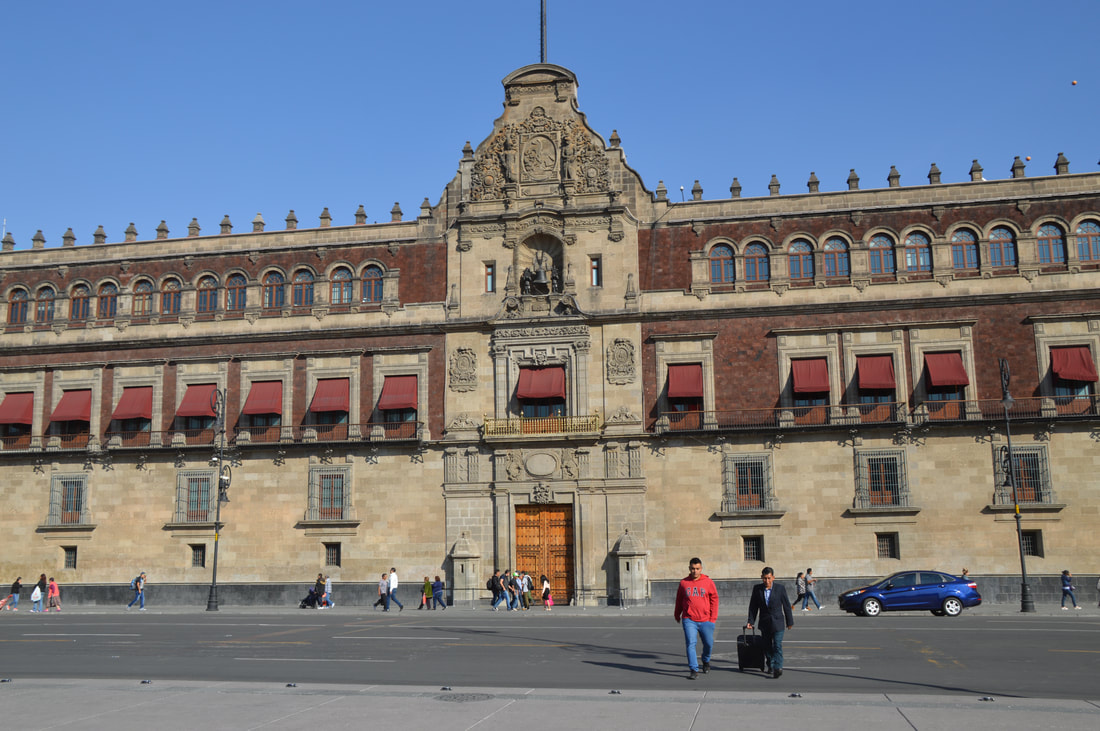
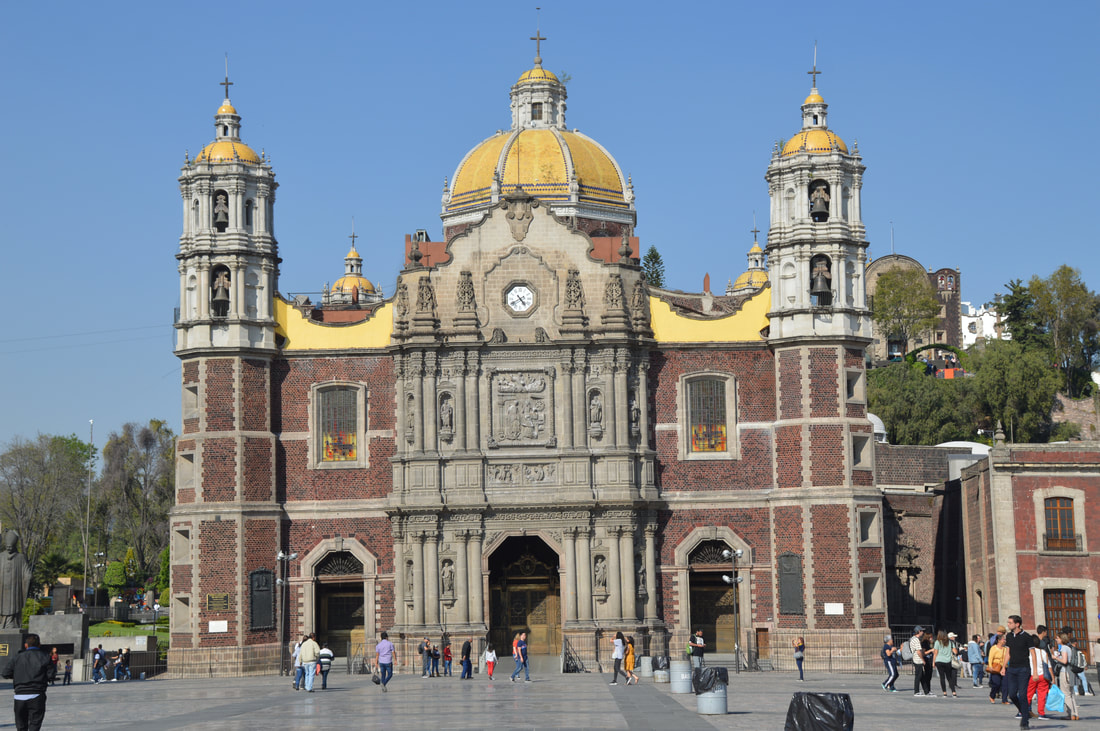
 RSS Feed
RSS Feed